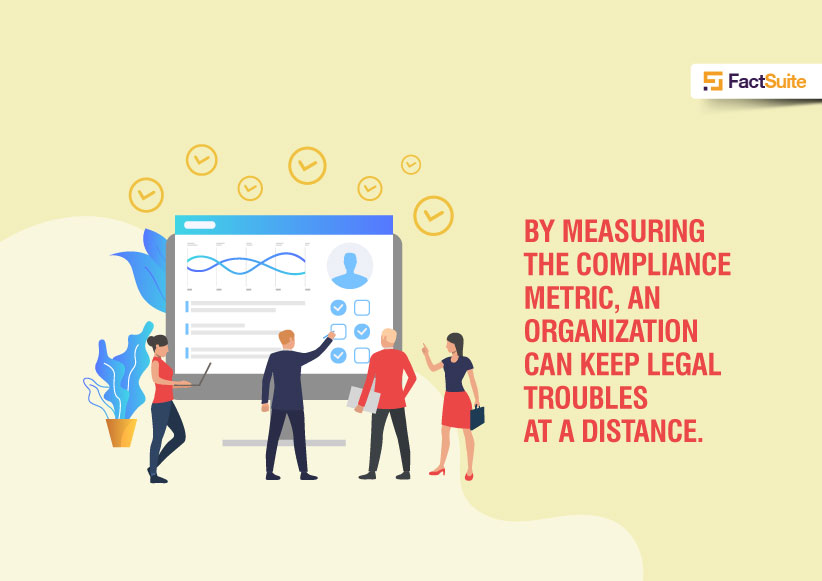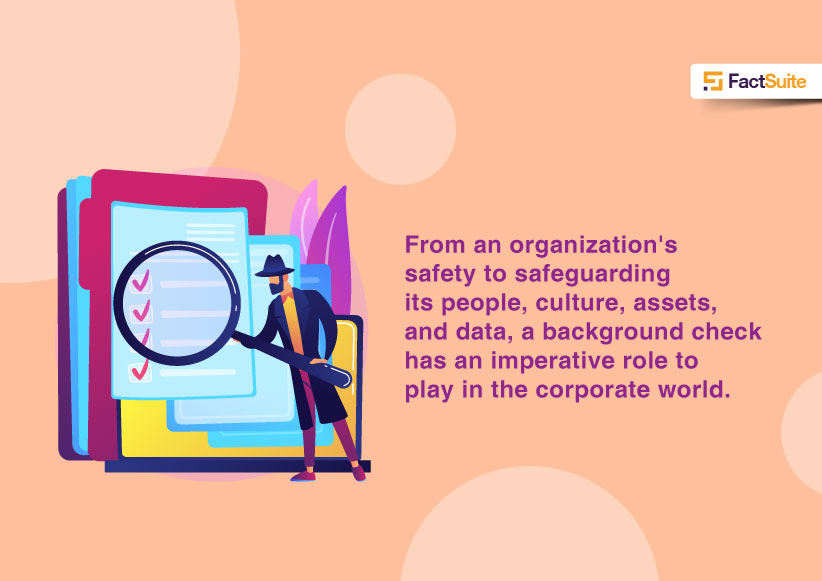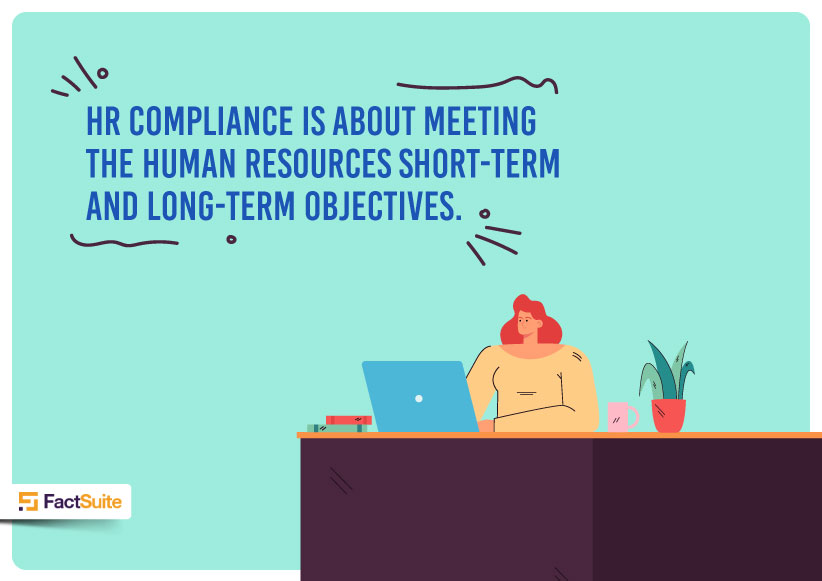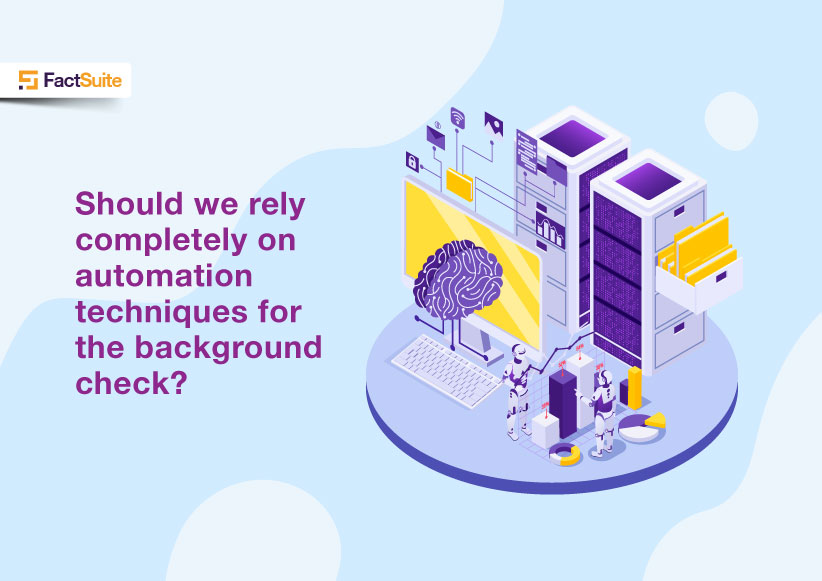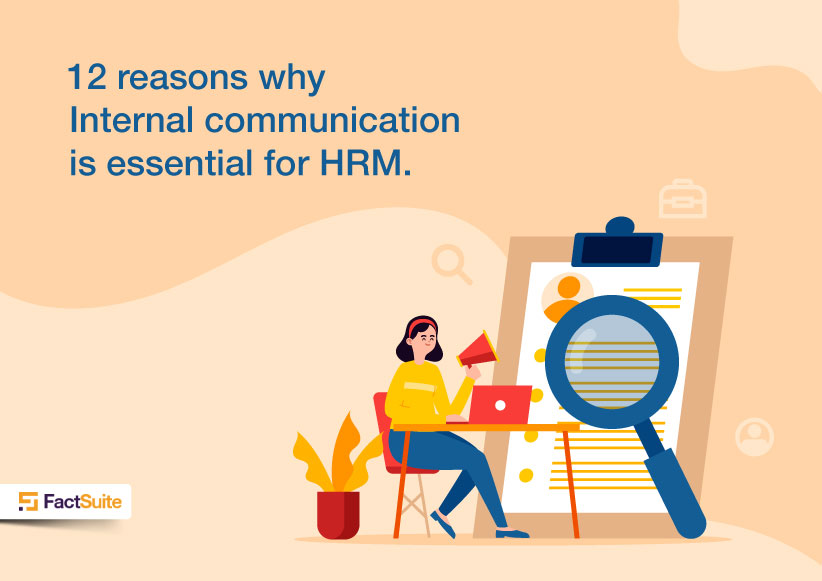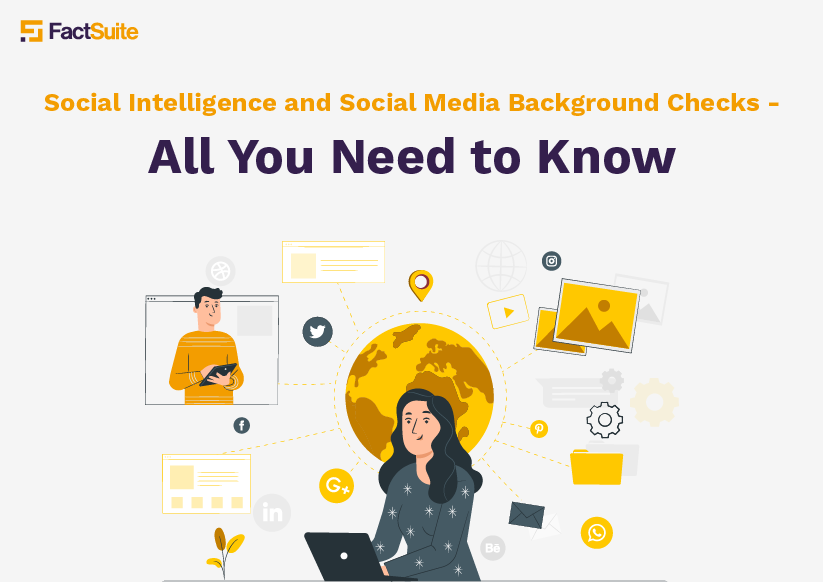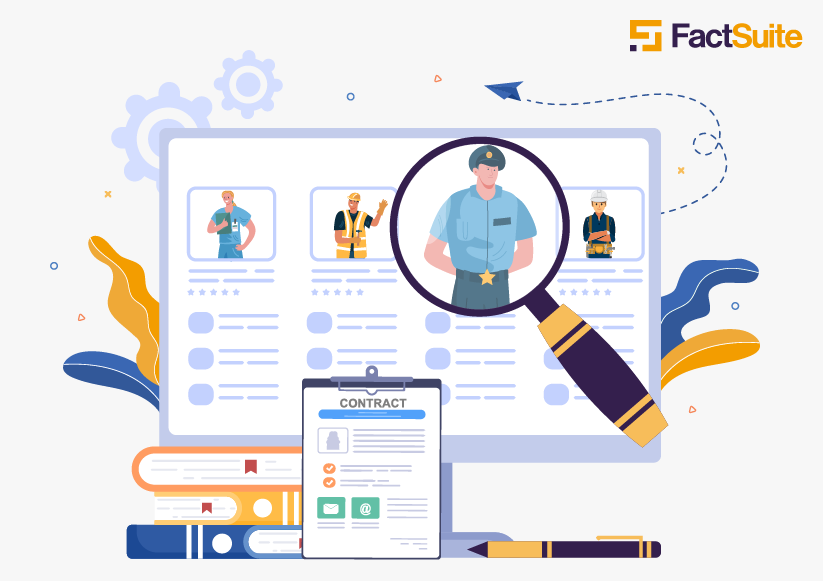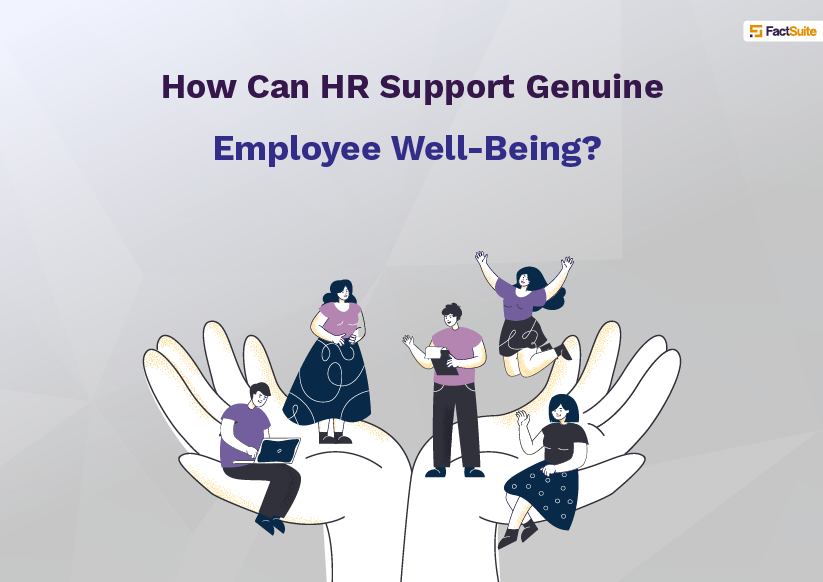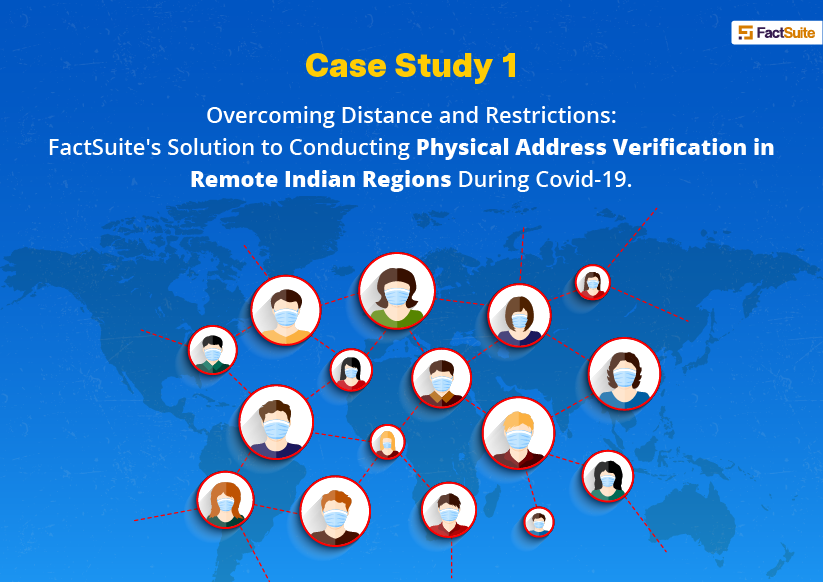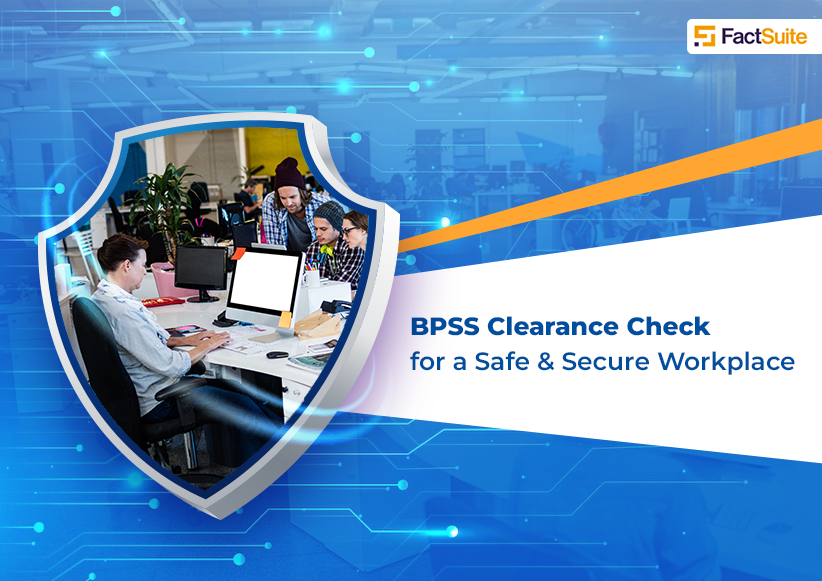What is Informal Communication in The Workplace?

Informal communication in the workplace plays a crucial role in fostering a dynamic and collaborative work environment. Unlike formal communication, which follows established channels and protocols, informal communication is spontaneous, unstructured, and often occurs on a personal level among colleagues. In this blog post, we will explore the concept of informal communication, its types, examples, characteristics, advantages, and its significance in the workplace.
Table of Contents
- What Is Informal Communication in The Workplace?
- What is the Difference Between Formal and Informal Communication?
- Types Of Informal Communication
- Grapevine Communication
- Single Strand Network
- Probability Network
- Examples Of Informal Communication in The Workplace
- Water Cooler Conversations
- Instant Messaging
- Characteristics Of Informal Communication
- Spontaneity
- Flexibility
- Rapport Building
- Advantages Of Informal Communication
- Quick Dissemination of Information
- Employee Morale
- Problem Solving
- Role of Informal Communication in an Organization
- Building Organizational Culture
- Enhancing Team Collaboration
- Facilitating Innovation
- Ways to Make Informal Communication Effective
- FAQs
What Is Informal Communication in The Workplace?
Informal communication refers to the transmission of information, ideas, and feelings among employees without the constraints of formal structures. It is the natural, everyday communication that takes place during coffee breaks, in the hallway, or through casual interactions. While formal communication is essential for transmitting official messages, informal communication is the social fabric that binds a workplace together.
What is the Difference Between Formal and Informal Communication?
Formal Communication:
-
Follows predefined channels and protocols.
-
Involves official messages and information.
-
Typically documented and structured.
-
Examples include memos, official meetings, and reports.
Informal Communication:
-
Spontaneous and unstructured.
-
Involves casual conversations and personal interactions.
-
Not documented and may rely on word of mouth.
-
Examples include chatting in the break room, discussions during lunch, and social media interactions.
Types Of Informal Communication
Informal communication within the workplace manifests in various forms, each with its unique characteristics and dynamics. Understanding these types provides insight into the diverse ways information flows through an organization, impacting relationships and organizational culture.
Grapevine Communication:
Characteristics:
-
Unofficial and Gossip-based: Grapevine communication is characterized by the transmission of information that is unofficial and often based on gossip or informal conversations.
-
Rapid Spread: Information shared through the grapevine spreads quickly among employees, creating a network of interconnected conversations.
Significance:
Grapevine communication can influence the perception and understanding of events within the organization, shaping the informal narrative among employees.
It serves as a quick channel for the dissemination of information, especially when official channels may be slower.
Single Strand Network:
Characteristics:
-
Sequential Communication: In a single strand network, communication flows in a sequential manner, akin to passing information down a line from one person to the next.
-
Common in Small Teams or Departments: This type of communication structure is often observed in smaller teams or departments where information can be easily passed from one member to another.
Significance:
Single strand networks are efficient for transmitting information within closely-knit groups, fostering a sense of unity and shared knowledge.
It is a straightforward and direct form of communication, suitable for conveying simple messages through a chain of individuals.
Probability Network:
Characteristics:
-
Random Interactions: Probability networks involve random interactions between individuals, where communication occurs without a predetermined structure.
-
No Specific Structure: Unlike formal communication channels, probability networks lack a specific structure, allowing for flexibility in information exchange.
Significance:
This type of informal communication encourages spontaneous and diverse interactions, contributing to a more dynamic organizational environment.
Probability networks facilitate the sharing of information across different levels and departments, breaking down silos.
Understanding these types of informal communication provides organizations with insights into the intricacies of how information flows among employees. While each type has its strengths and weaknesses, collectively, they contribute to the rich tapestry of communication within the workplace. Recognizing and managing these informal communication channels is crucial for fostering a transparent and collaborative organizational culture.
Examples Of Informal Communication in The Workplace
1. Water Cooler Conversations:
Characteristics:
-
Non-Work-Related Topics: Employees engage in informal discussions that revolve around topics unrelated to work, creating a relaxed and casual atmosphere.
-
Camaraderie Building: These conversations contribute to the development of camaraderie among team members, promoting a sense of unity and shared experiences.
Significance:
Water cooler conversations provide employees with a break from formal tasks, allowing them to recharge and connect on a personal level.
The camaraderie built through such interactions can positively impact teamwork and collaboration, as colleagues get to know each other beyond their professional roles.
2. Instant Messaging:
Characteristics:
-
Quick and Informal Exchanges: Instant messaging through apps like Slack or Microsoft Teams enables employees to engage in rapid, informal exchanges.
-
Facilitates Immediate Communication: This form of communication allows for quick information sharing, facilitating immediate responses and reducing communication barriers.
Significance:
Instant messaging is instrumental in addressing urgent matters, providing a platform for swift decision-making and problem-solving.
It fosters a sense of accessibility among team members, breaking down hierarchical communication barriers and promoting a more open and collaborative work environment.
These examples illustrate how informal communication channels contribute to the social fabric of the workplace. While water cooler conversations build interpersonal relationships through casual discussions, instant messaging enhances the efficiency of day-to-day operations by enabling swift and direct communication. Recognizing the value of these informal communication methods is essential for organizations seeking to promote a positive and communicative workplace culture.
Characteristics Of Informal Communication
1. Spontaneity:
Informal communication is distinguished by its inherent spontaneity, unfolding naturally and without premeditation. In contrast to formal communication, which adheres to predetermined structures, spontaneous interactions characterize the impromptu and unrestrained nature of informal communication. This spontaneity fosters an environment where ideas, opinions, and information can be shared on the fly, promoting agility and authenticity within the workplace. The lack of rigid formality allows for quick responses, encouraging a dynamic exchange of thoughts among colleagues.
2. Flexibility:
A defining characteristic of informal communication is its remarkable flexibility, adapting seamlessly to the unique needs and preferences of the individuals involved. Unlike formal channels, which follow a set protocol, informal communication is versatile and malleable. This flexibility enables it to navigate various contexts, adjusting its approach based on the dynamics of the workplace. By accommodating different communication styles and situational demands, informal communication remains a fluid and effective means of exchanging information within the ever-changing landscape of the professional realm.
3. Rapport Building:
One of the key strengths of informal communication lies in its ability to build and strengthen rapport among colleagues. The casual and open nature of these interactions fosters a sense of camaraderie, trust, and understanding. By transcending the boundaries of formal roles, informal communication contributes to a positive work environment where individuals feel connected on a personal level. This rapport building is not only conducive to a healthy organizational culture but also lays the foundation for enhanced collaboration and teamwork. Strong relationships cultivated through informal channels create a more cohesive and supportive workplace, ultimately contributing to increased job satisfaction and employee engagement.
Advantages Of Informal Communication
1. Quick Dissemination of Information:
Informal communication excels in the rapid dissemination of information, leveraging spontaneous channels like casual conversations and instant messaging. This immediacy ensures that news and updates swiftly reach employees, fostering a well-informed workforce capable of agile responses to changes or urgent announcements.
2. Employee Morale:
The informal communication landscape significantly influences employee morale by creating a positive and inclusive work environment. Water cooler conversations, team lunches, and other informal interactions provide opportunities for employees to connect on a personal level, nurturing camaraderie and shared experiences.
3. Problem Solving:
Informal communication plays a pivotal role in problem-solving by encouraging open discussions and dialogues. This fosters a culture of creativity and diverse thinking, empowering teams to collaboratively address challenges and drive innovative solutions.
Role of Informal Communication in an Organization
Informal communication plays a pivotal role in the overall functioning of an organization. It contributes to:
1. Building Organizational Culture:
Significance: A well-defined organizational culture establishes a framework for how employees interact, make decisions, and approach their work. Informal communication, therefore, plays a crucial role in aligning individuals with the overarching cultural norms, enhancing a sense of belonging and shared identity.
2. Enhancing Team Collaboration:
Significance: Enhanced team collaboration fosters a more cooperative and productive work environment. Informal communication nurtures a sense of camaraderie, breaking down barriers and promoting a culture of mutual support. This, in turn, has a positive impact on teamwork, leading to increased efficiency and a more harmonious working atmosphere.
3. Facilitating Innovation:
Significance: Innovation is a crucial driver of organizational growth and adaptability. Informal communication channels provide the freedom for individuals to express their innovative ideas, contributing to the organization's ability to adapt to change, stay competitive, and thrive in dynamic business landscapes.
Ways to Make Informal Communication Effective
1. Encourage Openness:
Create an environment where employees feel empowered to share ideas openly and without reservation. Establishing a culture of openness not only fosters trust but also encourages spontaneous and genuine communication among team members.
2. Utilize Technology:
Harness the power of modern technology by integrating messaging apps and collaboration tools into the daily workflow. These tools facilitate quick and direct communication, breaking down communication barriers and promoting immediate information exchange. Embracing technology ensures that informal communication remains agile, especially in today's fast-paced work environments.
3. Promote Social Events:
Go beyond the formalities of the workplace and encourage team-building activities and social gatherings. Whether in-person or virtual, these events provide a platform for employees to connect on a personal level. The relaxed setting promotes natural, informal interactions, helping build stronger relationships and enhancing overall workplace communication dynamics.
4. Lead by Example:
Leaders play a crucial role in setting the tone for effective informal communication. Actively engage in informal interactions, participate in social events, and utilize communication tools. By leading by example, organizational leaders convey the importance of informal communication, inspiring employees at all levels to embrace these channels and contribute to a more open and communicative workplace culture.
5. Establish Clear Communication Channels:
Define and communicate the informal communication channels within the organization. Whether it's through designated platforms, regular team huddles, or open-door policies, providing clarity on where and how informal communication is encouraged helps employees navigate these channels more effectively.
6. Recognize and Celebrate Contributions:
Acknowledge and celebrate contributions made through informal communication. Highlighting instances where valuable ideas or solutions originated from casual discussions reinforces the significance of informal channels. Recognition fosters a positive feedback loop, encouraging employees to actively participate and contribute to informal communication.
FAQs
1. What is the main type of informal communication?
Grapevine communication is a prominent type of informal communication. It involves unofficial, often gossip-based information that spreads quickly among employees.
2. What are the features of informal communication?
Informal communication is characterized by spontaneity, flexibility, and rapport building. It occurs naturally, adapts to individual preferences, and strengthens relationships among colleagues.
3. Why is informal communication important?
Informal communication is vital because it allows for the quick dissemination of information, fosters positive employee morale by creating an inclusive environment, and encourages open discussions that contribute to creative problem-solving. It plays a key role in building a cohesive organizational culture and enhancing overall workplace dynamics.

